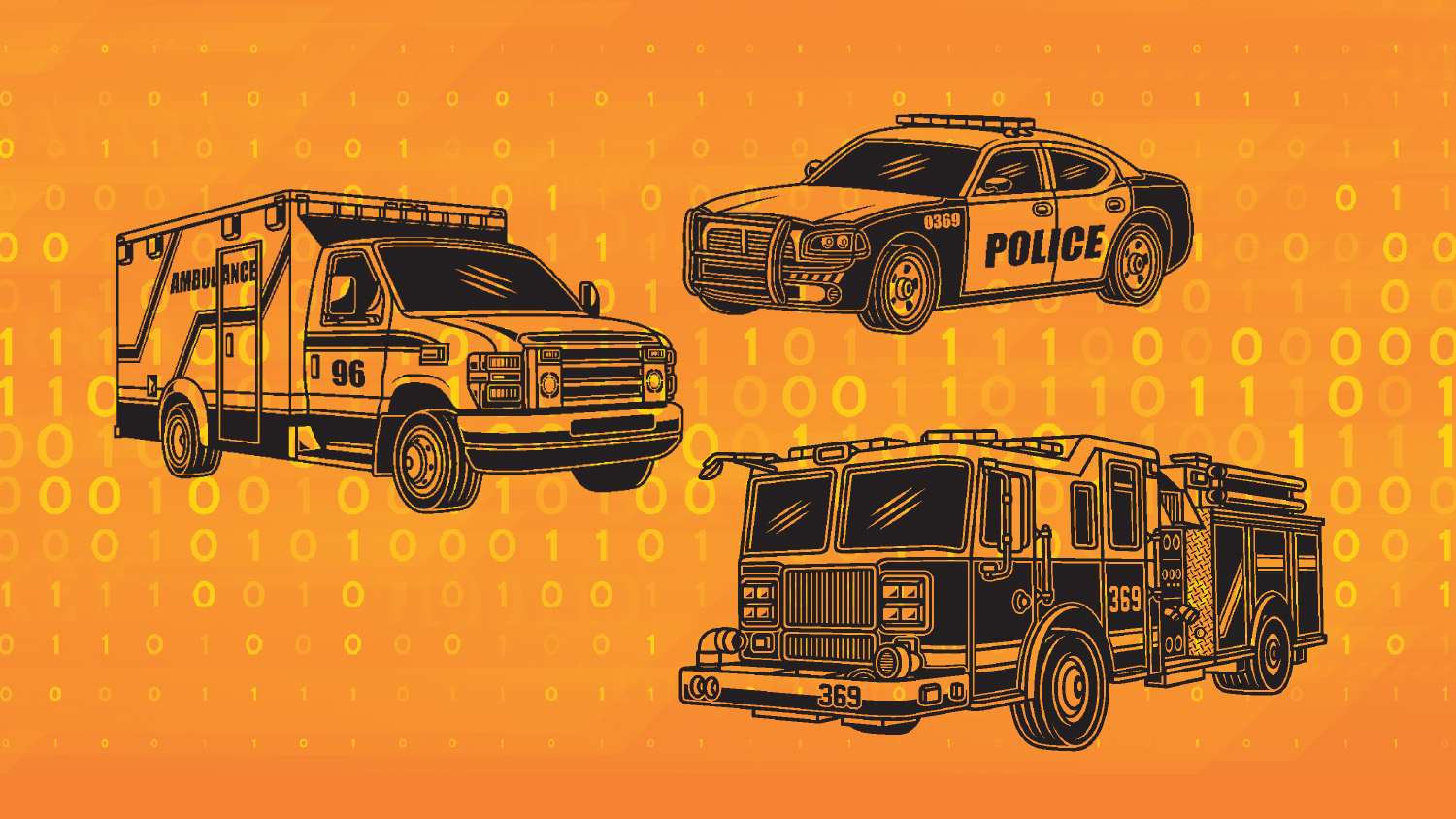By Glenn McDonald
For first responders, every second counts. When a traffic accident occurs, response time is determined by factors such as severity, available personnel, traffic patterns and the location of the nearest fire, police or EMT station. Crunching the numbers in real time is an ongoing challenge, sometimes with life-or-death consequences.
NC State researchers have proposed a new system using advanced algorithms and computer modeling to help dispatch centers decide who to call in an emergency. The system combines real-time traffic conditions with historical data to improve average response times, maximize coverage and even navigate simultaneous emergencies in the same area.
In a recent study, published in Computer-Aided Civil and Infrastructure Engineering, the new model proved more efficient than two existing techniques. It’s designed to improve long-term planning, too. The system can help officials decide where to place infrastructure — a new fire station, say — that will prevent secondary incidents and minimize traffic congestion.
Researchers tested the new model using data collected from the N.C. Department of Transportation — 10,983 traffic incidents in 10,672 different locations in Raleigh.
Leila Hajibabai, assistant professor in the Edward P. Fitts Department of Industrial and Systems Engineering, co-authored the paper with Asya Atik ’21 MS, ’23 PHD.
Hajibabai says the team is working on the next step for eventual deployment of the system. “We started working with a fire department in North Carolina to find the best fire station locations given their available resources and operational constraints,” she says. “The work we started is promising.”
Ultimately, the model should be sufficiently flexible to work with other agencies and municipalities who want to upgrade their systems. “I hope to see the impact of our work on real-world problems,” Hajibabai says.
- Categories:



